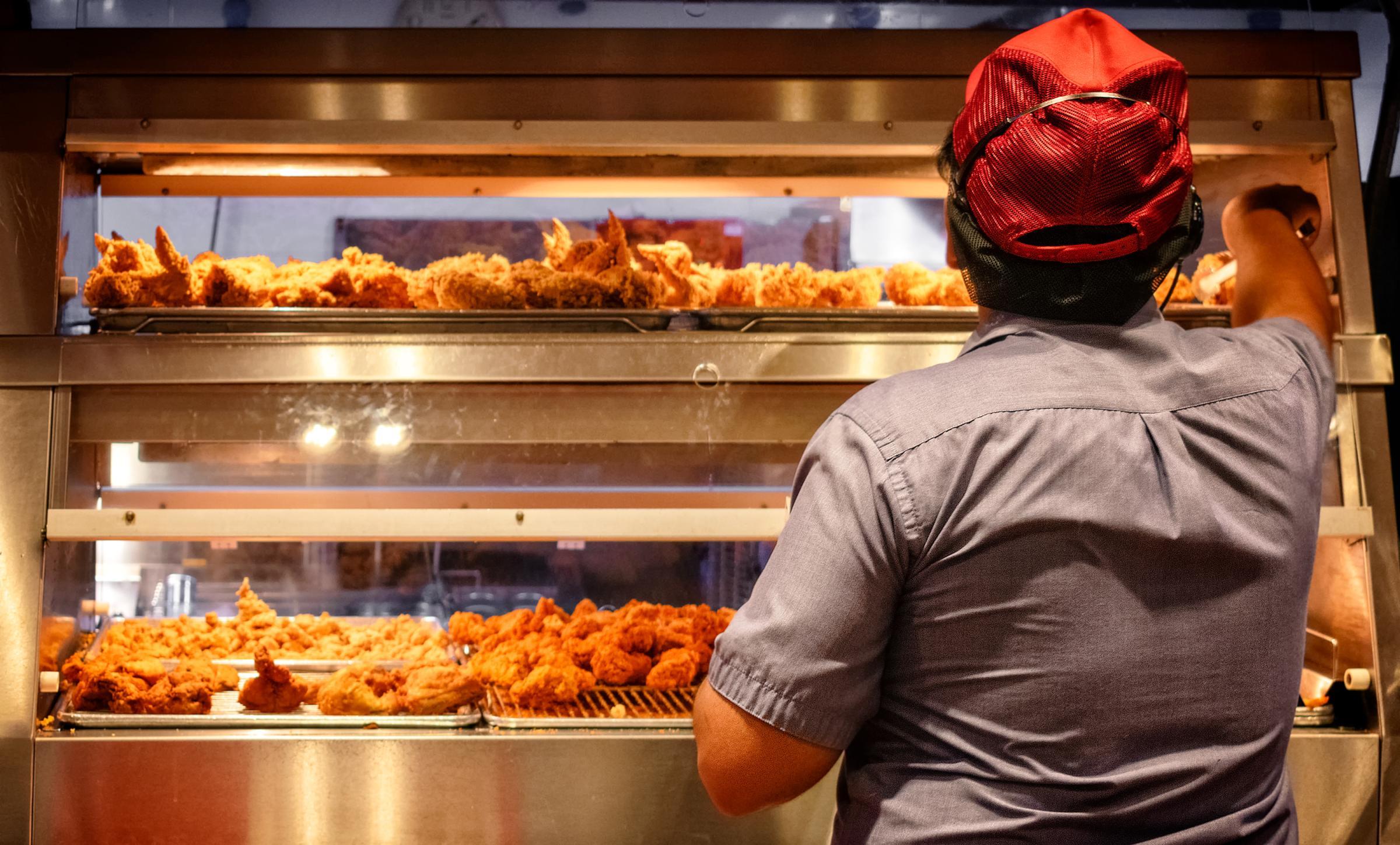
Food Safety
Why Do We Love Crunchy Foods?
Beyond the pleasant sensation that it causes and, as strange as it may seem to us, the fact that we like to eat crunchy foods has a scientific basis. Frying is the most common way to get crispy food and is an efficient means of food preparation. However, frying food involves a risk that we must control/avoid. We all like crispy food. A "golden" fried potato chip, a crispy fried fish filet, even a vegetable becomes more appetizing if it is fried in tempura. When a food crunches, it triggers a positive response in our brain, while if it doesn't crunch or melt quickly in the mouth, it indicates to us that the food is stale.
This attraction to crunchiness is not just a matter of taste; it is an evolutionary fact that has existed since the times of our ancestors and defines the relationship between humans and food. As anthropologist John S. Allen (1), from the University of Southern California, says, choosing crispy food has been a way of distinguishing between good and bad food since the beginning of time. A soft carrot is not the same as another that crunches when we bite into it, indicating the freshness of the food. We have always chosen the crunchiest fruits and vegetables because the texture tells us that the food is fresh (and not stale). In addition, crispy foods have another characteristic that seduces us, not only to our palates but also to our ears. Studies in the multisensory perception of food by Professor Charles Spence (2) show that the sounds produced by food being chewed affect the way in which we perceive its taste. In fact, the frequency range at which we like to hear food crackling is from 90 to 100 decibels.
To achieve the crunchy texture, we use frying oil to prepare food. When subjected to high temperatures, the oil creates changes in the surface that make the food crispy. However, the drawback is that this frying process also generates changes in the oil that can be harmful to the consumer. Due to the water contained in the food, the oxygen in the atmosphere and the high temperatures (160-200°C) used, hydrolysis, oxidation and polymerization reactions take place that change the oil composition, generating polar compounds. These compounds can be harmful to health and, among other effects, increase the risk of cancer, according to a number of studies, including an FDA study (3). They can also increase blood pressure, cause digestive disorders, and change the organoleptic properties of food.
It is undisputed that harmful substances can be formed during the lifetime of frying oils, even if good manufacturing practices (GMP) are followed. Therefore, various European countries (including Spain, Portugal, France, Germany, Belgium, Switzerland, Italy, Austria and the Netherlands) and other countries such as Chile, India, Japan and the United States have established regulations to control the quality of frying oil in restaurants and in all types of establishments dedicated to the preparation of meals for consumption.
How can they test the frying oil quickly and easily? With OleoTest - a fast and easy-to-use method that determines the degree of alteration of the oil and can be used by the staff of a hotel, restaurant and catering establishments to ensure that the oil is still suitable for use. In less than two minutes, OleoTest will provide results, identifying the percentage of polar compounds that the oil contains and if it is time to change it. Learn more.
